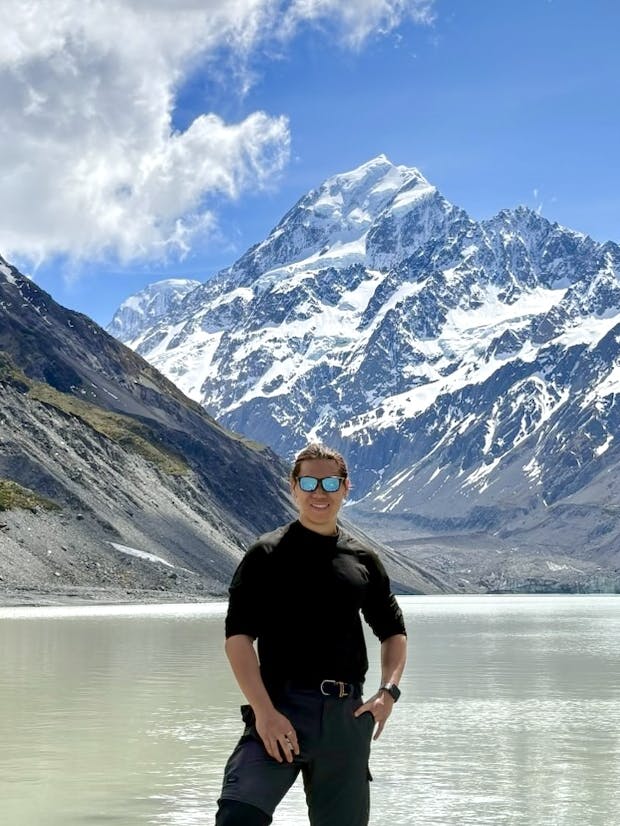Yogyakarta, affectionately known as "Jogja," is a captivating city on the island of Java, Indonesia, celebrated for its rich cultural heritage, historical significance, and thrilling outdoor adventures. It is the perfect destination for travelers seeking a mix of natural wonders, ancient temples, and adrenaline-pumping activities.
Known as the cultural capital of Indonesia, Yogyakarta offers iconic experiences such as exploring Borobudur Temple, diving into breathtaking caves, and adventuring near Mount Merapi, an active volcano. The city is a melting pot of ancient history, vibrant traditions, and jaw-dropping landscapes. Its status as a cultural hub stems from its historical role as the seat of the Javanese kingdom and its thriving arts scene, from traditional batik crafts to mesmerizing gamelan music.
This 2-day itinerary brought me through a quick look into the the heart of Yogyakarta’s natural beauty and cultural landmarks.
Getting To Yogyakarta
There are 2 primary ways to reach Yogyarkata:
- By Air: Fly into Yogyakarta International Airport (YIA), which has direct connections to major Indonesian cities and international destinations like Singapore and Kuala Lumpur.
- By Train: If coming from cities like Jakarta or Surabaya, consider the scenic and affordable train ride. Bookings can be made easily via platforms like 12go.
Getting Around
As with other cities in Indonesia, there are 3 main ways of getting around Yogyakarta:
- Car Rentals: Ideal for visiting far-off attractions like Jomblang Cave or Mount Merapi which is a distance from the main city. Parking is generally available and affordable. If you booked a tour, it is likely you'll be transported around in a car too.
- Motorbikes: A budget-friendly and flexible option for exploring the city and nearby areas. Rental shops can be found readily available in the city. You can even ask your accommodation host to arrange a rental scooter / motorbike for you.
- Taxis and Ride-Sharing Apps: Convenient for shorter trips within the city. Given the nature of traffic in Indonesia, I would recommend commuting via motorbike whenever possible as you can easily get past traffic jams while on a motorbike, as compared to being on a car.
To keep things simple, you can hire a private driver via Klook to bring you around:
You can hire a driver by the region (Main city, Borobudur, Prambanan, Gunung Kidul, Nanggulan, etc), or even request airport pick up or drop off service.
Estimated Budget
Without splurging or unnecessary spending, you can expect to spend around this amount daily:
- Accommodation: IDR 300,000–700,000 per night
- Meals: IDR 50,000–150,000 per meal
- Activities: IDR 1,000,000–1,500,000 for two days
Day 1: Jomblang Cave and River Tubing
Before diving in, all trips and tours were booked via JogjaTourPackage - The company offers many unique Yogyakarta experiences at a reasonable price, including multi-day tours. I've had a pleasant experience touring with them as they were responsive to my queries and ensured our safety during our time there - I would highly recommend JogjaTourPackage.
For our first day, we went for the Jomblang cave and river tubing experience. The listing on JogjaTourPackage website can be found here.
Jomblang Cave
To kick off the trip, we ventured to Jomblang Cave, or "Goa Jomblang" - A mesmerizing vertical sinkhole in Gunungkidul Regency, about two hours from Yogyakarta. This experience features a thrilling vertical descent into the cave using harnesses and ropes, and gives visitors a chance to see the "Heavenly Light" shining down from above. Read on here to find out more.
Pindul Cave Tubing
After our Jomblang cave experience, we continued on to Pindul Cave for a more laid-back yet equally exciting adventure. We got the chance to float on a rubber tube as we were brought around by a guide to explore the underground river winding through the cave. Immediately after, we were brought to Oyo river for an outdoor tubing experience. Read more about it here.
Day 2: Borobudur Temple, Mt Merapi Jeep Tour
Borobudur Temple: Largest Buddhist Temple in the World
Our second day commenced with a visit to Borobudur Temple, a UNESCO World Heritage Site and the largest Buddhist temple in the world. Built in the 9th century, this architectural masterpiece features intricate carvings and a series of stupas that offer insight into Buddhist cosmology. Read here for a guide to visiting Borobudur Temple.
Mount Merapi Jeep Tour
After exploring Borobudur, we had a great lunch at Sekar Kedhaton Restaurant before heading to the slopes of Mount Merapi for a jeep tour that allowed us to witness the remnants of the 2010 eruption. Read on here to find out more.
End of Trip
That concluded our trip, and there's much more to see and do in Yogyarkata which I'm sure I'll be back another time to experience.
